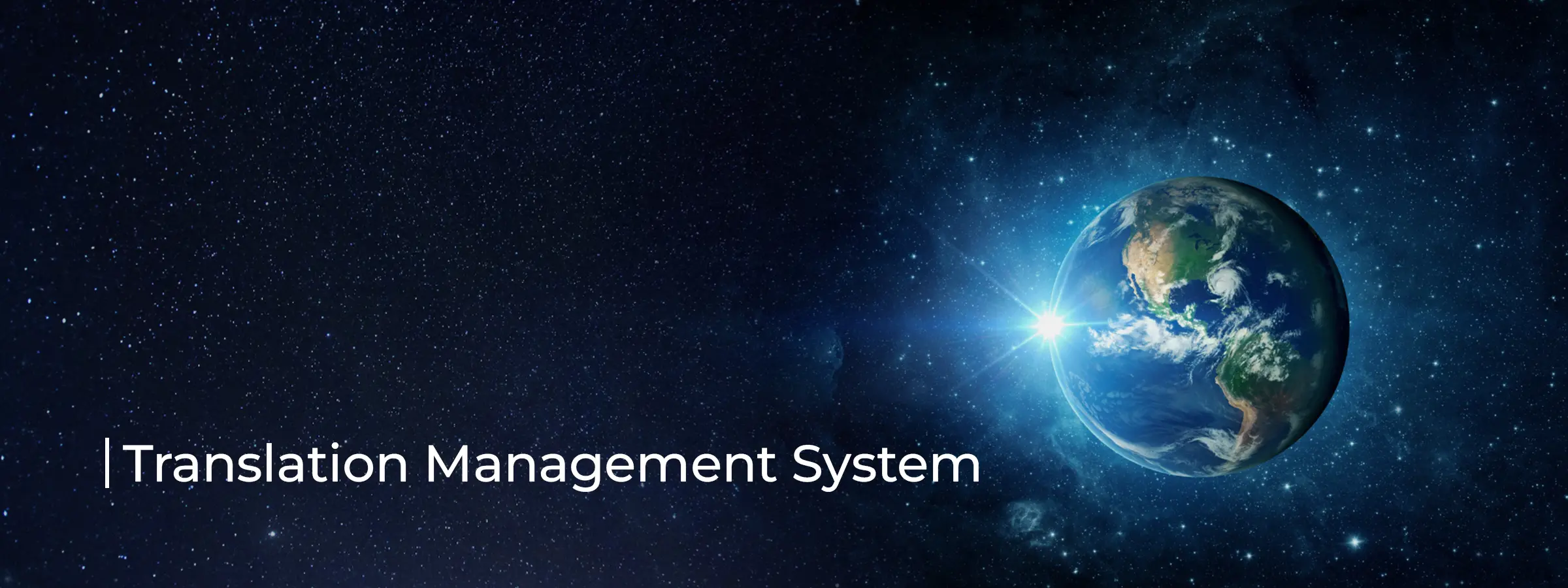How to Build An Excellent Translation Management System - Lessons from how we built Lang Tech
Building an excellent Translation Management System (TMS) involves a comprehensive approach that addresses the needs of translators, project managers, and clients while leveraging the latest technologies to enhance efficiency, accuracy, and ease of use. This is how we built our world-class Translation Management System (TMS).
1. Understand the Requirements
• User Needs: Identify the needs of all users, including translators, project managers, and clients. Understanding their workflow, pain points, and what features they value most.
• Industry Standards: Familiarize yourself with industry standards and compliance requirements, ensuring the TMS meets professional translation and data security standards.

2. Design a User-Friendly Interface
• Intuitive Design: Ensuring the interface is intuitive and easy for users of all skill levels. A good user experience (UX) reduces training time and increases productivity.
• Customization: Allow users to customise their workspace, enabling them to tailor the system to their specific needs and preferences.
3. Incorporate Core Features
• Translation Memory (TM): Implement a robust TM to store and reuse previous translations, improving efficiency and consistency across projects.
• Terminology Management: Include tools for managing and maintaining a centralised glossary of terms to ensure consistency in terminology.
• Project Management: Develop comprehensive project management features, including project tracking, assignment distribution, and deadline management.
• Collaboration Tools: Facilitate accessible communication and collaboration within the TMS, including comment sections, change tracking, and real-time updates.
4. Leverage AI and Machine Learning
• Automated Translation: Integrate AI-driven automated translation to provide first-pass translations, which human translators can refine.
• Quality Assurance: Use machine learning algorithms to flag potential errors, suggest improvements, and learn from corrections over time.
5. Ensure Scalability and Integration
• Scalability: Design the system to be scalable, accommodating the user base's growth and adding new languages and features.
• Integration: Enable integration with other tools and systems, such as Content Management Systems (CMS), Customer Relationship Management (CRM) platforms, Enterprise Resource Planning (ERP) systems, Learning Management Systems (LMS), Marketing Automation Platforms (MAP), and Content Authoring Tools (CAT) etc.
6. Prioritize Security and Compliance
• Data Security: Implement robust security measures to protect sensitive information, including encryption, secure access controls, and regular security audits.
• Compliance: Ensure compliance with international data protection regulations like European GDPR.
7. Offer Support and Training
• Customer Support: Provide responsive customer support to assist with technical issues, training, and best practices.
• Documentation and Training: Offer comprehensive documentation and training materials, including tutorials, FAQs, and user forums.
8. Continuous Improvement
• Feedback Loop: Establish a system for collecting user feedback and incorporate this feedback into regular updates and improvements.
• Stay Updated: Keep abreast of technological advancements and industry trends to enhance the TMS continually.
Building an excellent Translation Management System is an ongoing process that requires attention to detail, a deep understanding of user needs, and a commitment to innovation. By focusing on these areas, you can develop a TMS that not only meets the current needs of the translation industry but also adapts to its future challenges and opportunities.
Copyright ©2024 WHITE GLOBE GROUP PVT LTD
